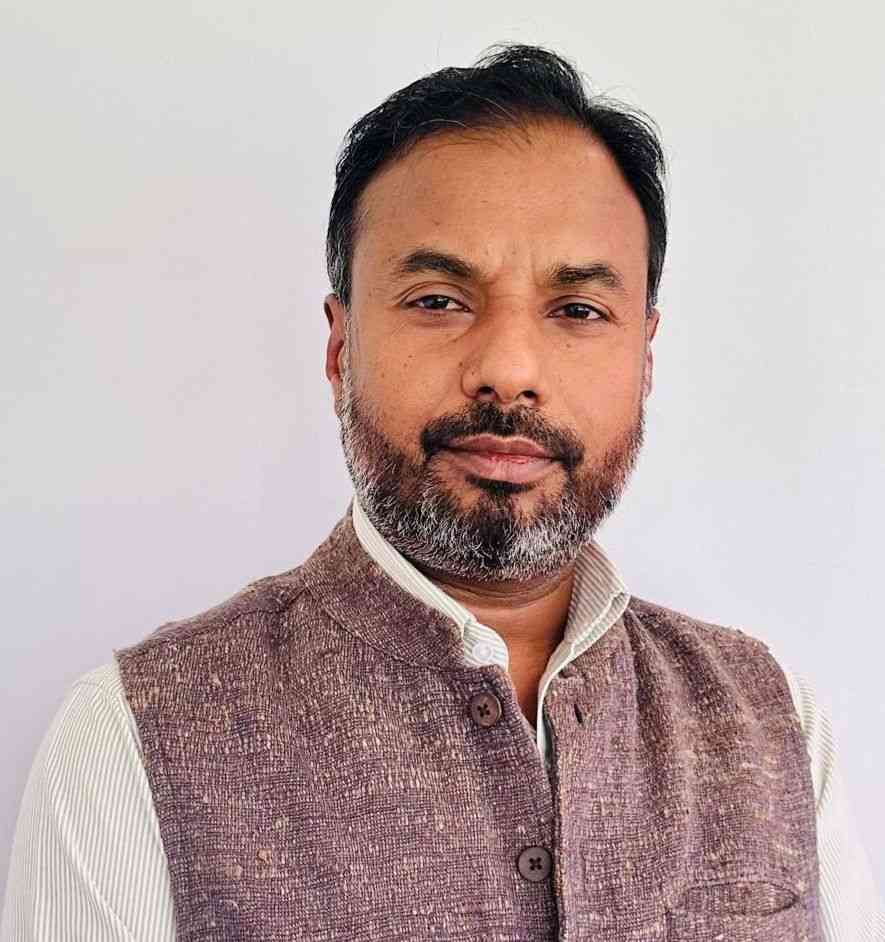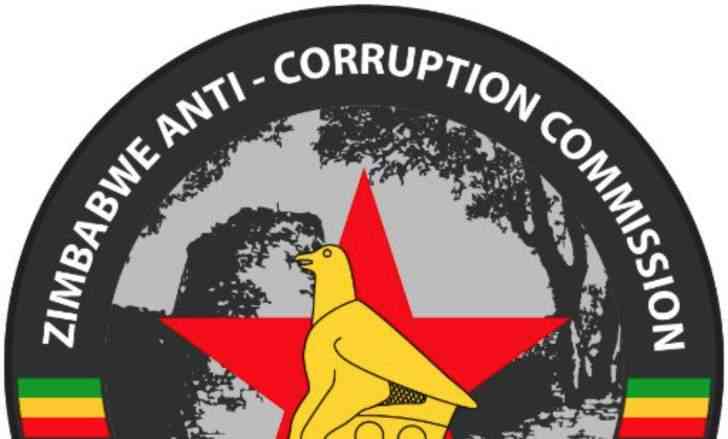CORRUPTION and mismanagement of the agricultural sector are the major drivers of food shortages in Zimbabwe, where over 7,7 million people urgently require food, a top European Union (EU) diplomat has said.
BY BLESSED MHLANGA
Addressing journalists in Harare yesterday soon after the release of an additional US$18,7 million kitty to help alleviate hunger in Zimbabwe, EU ambassador to Zimbabwe, Timo Olkkonen said this could not have been necessary if the government had properly managed its business.
“Obviously there is this link to the climate change phenomena and the drought that has been induced in southern Africa, but it has been shown also very clearly in the report by the UN rapporteur on the right to food that the situation that makes food insecurity such a grave issue in Zimbabwe is the mismanagement of the agricultural sector in recent years,” he said.
“So large areas are lying fallow. There is no much investment coming into farming and this is related to the issues around governance and how the agricultural sector is performing. So, these issues, for example the subsidy system, has caused a lot of problems, like Command Agriculture. We have read issue about mismanagement around it and these are compounding issues around it.”
The statements by the EU come just days after Acting President Constantino Chiwenga revealed in court papers that he was allocated a luxurious Lexus vehicle through Command Agriculture.
Keep Reading
- Chamisa under fire over US$120K donation
- Mavhunga puts DeMbare into Chibuku quarterfinals
- Pension funds bet on Cabora Bassa oilfields
- Councils defy govt fire tender directive
The EU, which has proved to be a thorn in the flesh for President Emmerson Mnangagwa’s administration, said the economic crisis would worsen life for Zimbabweans in 2020.
“We also have the current economic crisis, which is also linked to previous mismanagement. Issues around inflation, currency and lack of foreign currency are compounding the current crisis around food,” Olkkonen said.
Meanwhile, the World Food Programme (WFP), which has secured US$205 million of the US$489 million required to provide assistance to 8,3 million people in Zimbabwe, Zambia, Mozambique, Madagascar, Namibia, Lesotho, eSwatini and Malawi, said Zimbabwe was the worst hit.
“Zimbabwe is in the throes of its worst hunger emergency in a decade, with 7,7 million people — half the population — seriously food insecure,” WFP said in a statement.
“So too are 22% of people in Zambia, a long time regional breadbasket now having to restrict cereal exports and accept outside assistance. Twenty percent of the population of drought-stricken Lesotho are also now severely hungry, as are 10% of Namibians.”
Zimbabwe faces surging food prices, poor medical infrastructure and malnutrition in rural areas, putting a heavy burden on the food aid.
“In a context of already high rates of malnutrition, population growth, inequality, and HIV and Aids, the hunger crisis is being aggravated by surging food prices, large-scale livestock losses and mounting joblessness,” WFP said.
“Families across the region are eating less, skipping meals, taking children out of school, selling off precious assets and falling into debt.”





